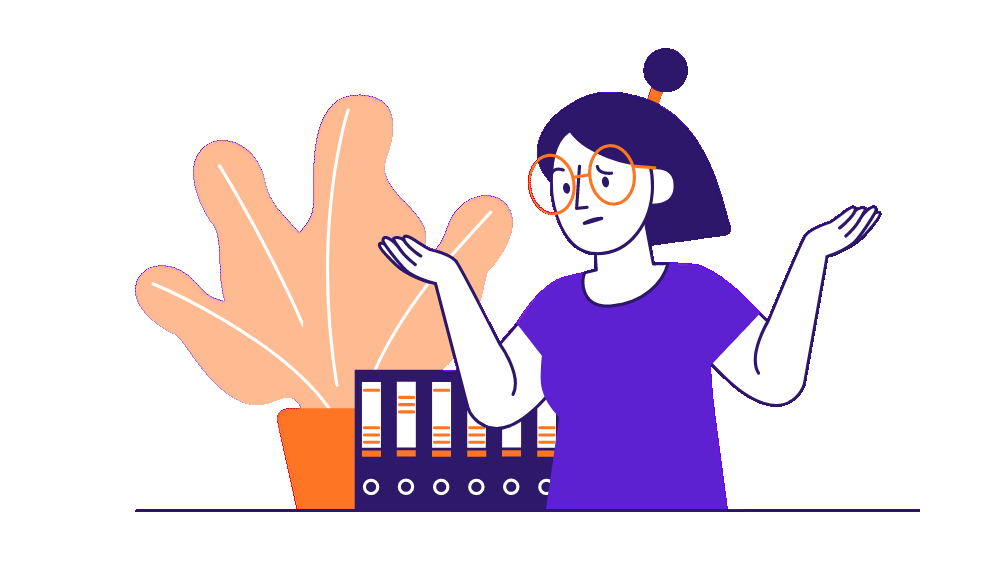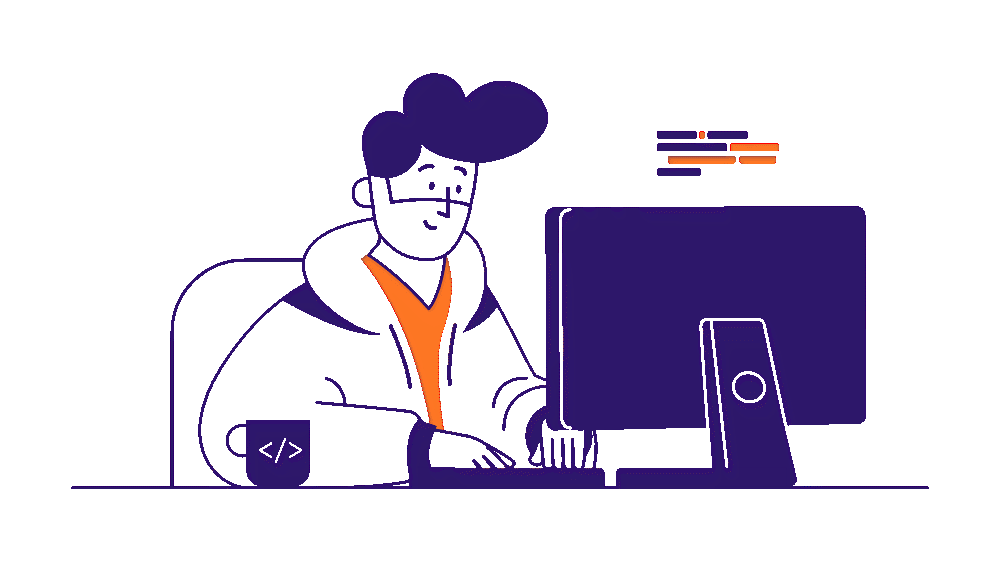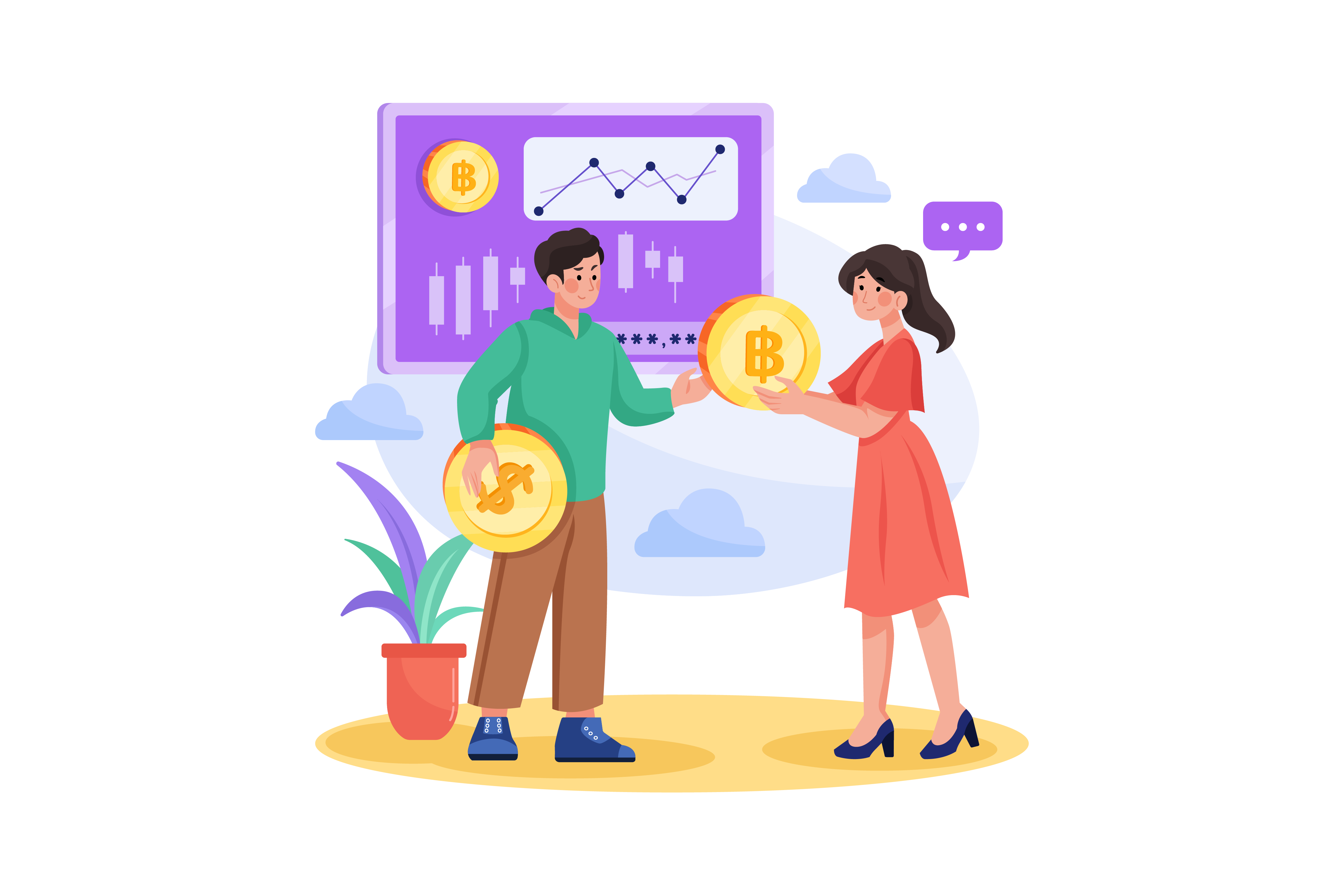What is DeFi?
As the name states, decentralized finance is finance, but decentralized! What does this mean?

With DeFi, core financial activities do not have to occur through traditional financial gateways like: having to sign up for an account, filling out paperwork, and adhering to trading restrictions.
These processes help TradFi institutions fight against bad actors, but they make it challenging for your average user to manage capital assets in the same way that more privileged financial actors are able to.
With DeFi, the user can lend, borrow, swap tokens, deposit, and withdraw instantaneously by connecting their web browser extension wallet to an online decentralized application, or dApp.
The dApp is the front end website of the DeFi protocol, which is the smart contract code that supports DeFi’s financial infrastructure.

So, there is code written that replaces a lot of TradFi technology! This is a much more efficient process because rather than human decision makers as part of the financial infrastructure, we have purely mathematical decision makers: the code itself.
We’re replacing many of TradFi’s intermediaries - like bankers, salespeople, brokers - with functions of computer science. Any user can access all the ways to manage their money - in this case, cryptocurrency - without any legacy inefficiencies.

Transactions are publicly verifiable and visible on the blockchain. Data is public and not hidden by any company or government. Decisions on the direction of DeFi are made by DAOs, or decentralized autonomous organizations, described in a previous course, in contrast to centralized entities.
Rather than using centralized networks without transparency and ownership, these protocols are built on top of blockchains: decentralized distributed databases.
Let's explore what decentralization means.
